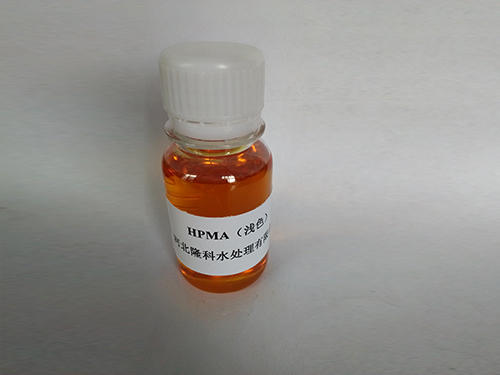Understanding the Applications and Benefits of Partially Hydrolyzed Polyacrylamide in Various Industries
The Role of Partially Hydrolyzed Polyacrylamide in Various Applications
Partially Hydrolyzed Polyacrylamide (PHPAM) is a water-soluble polymer that plays a crucial role in diverse industries, particularly in the fields of water treatment, oil recovery, and agriculture. With its unique properties, PHPAM has become an essential component in enhancing operational efficiency and product performance.
PHPAM is synthesized from polyacrylamide, which undergoes a controlled hydrolysis process to achieve a specific degree of hydrolysis. The resulting polymer retains many qualities of polyacrylamide while gaining new functional properties. Its molecular structure consists of both hydrophilic (water-attracting) and hydrophobic (water-repelling) groups, which contribute to its versatility and effectiveness in different applications.
The Role of Partially Hydrolyzed Polyacrylamide in Various Applications
In the oil and gas sector, PHPAM is employed to enhance oil recovery. During the extraction process, it is common for a significant amount of crude oil to remain trapped in porous rock formations. PHPAM improves the viscosity of water, allowing it to displace oil more effectively. This property, known as polymer flooding, has become an integral part of enhanced oil recovery (EOR) techniques, leading to increased output and efficiency in oil production.
partially hydrolysed polyacrylamide

Furthermore, PHPAM finds its application in agriculture. It serves as a soil conditioner and helps in moisture retention. By improving the soil structure, PHPAM allows for better water infiltration and reduces surface runoff. This is particularly advantageous in arid regions where water scarcity is a significant issue. Additionally, PHPAM supports plant growth by enhancing nutrient availability and soil aeration, contributing to increased agricultural productivity.
Moreover, PHPAM is utilized in the paper industry for its wet strength and retention properties. It enhances the drainage and retention of fillers and fibers during the papermaking process, resulting in improved paper quality. The use of PHPAM also leads to a reduction in the need for additional chemicals, making the process more sustainable.
Despite its numerous advantages, the use of PHPAM should be approached with due consideration of its environmental impacts. While it is generally regarded as safe and effective, concerns about the long-term effects of synthetic polymers in natural ecosystems remain. Further research and development of biodegradable alternatives could provide solutions to mitigate these concerns.
In conclusion, Partially Hydrolyzed Polyacrylamide is a versatile polymer with a wide array of applications spanning various industries. Its ability to enhance water treatment processes, improve oil recovery, aid in agricultural productivity, and optimize paper production exemplifies its importance in advancing technological and environmental goals. As industries continue to innovate and seek sustainable practices, the role of PHPAM will likely evolve, highlighting the ongoing need for research and responsible usage in the quest for efficient solutions.
-
Dodecyldimethylbenzylammonium Chloride: High-Purity DisinfectantNewsAug.30,2025
-
2-Phosphonobutane-1,2,4-Tricarboxylic Acid: Scale & CorrosionNewsAug.29,2025
-
Premium Isothiazolinones | Broad-Spectrum Biocidal SolutionsNewsAug.28,2025
-
LK-319 Special Scale And Corrosion Inhibitor For Steel Plants: Advanced Solutions for Industrial Water SystemsNewsAug.22,2025
-
Flocculant Water Treatment: Essential Chemical Solutions for Purification ProcessesNewsAug.22,2025
-
Isothiazolinones: Versatile Microbial Control Agents for Industrial and Consumer ApplicationsNewsAug.22,2025





